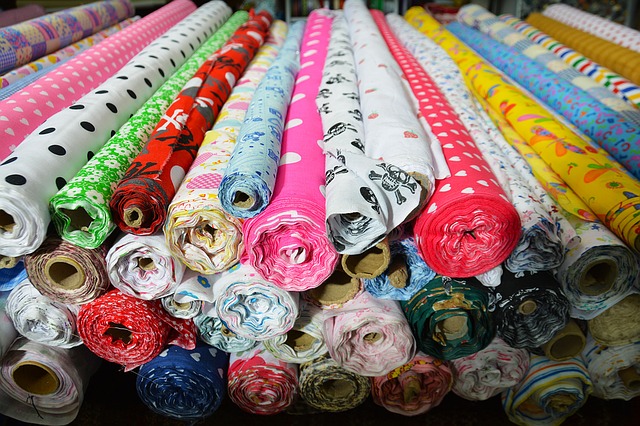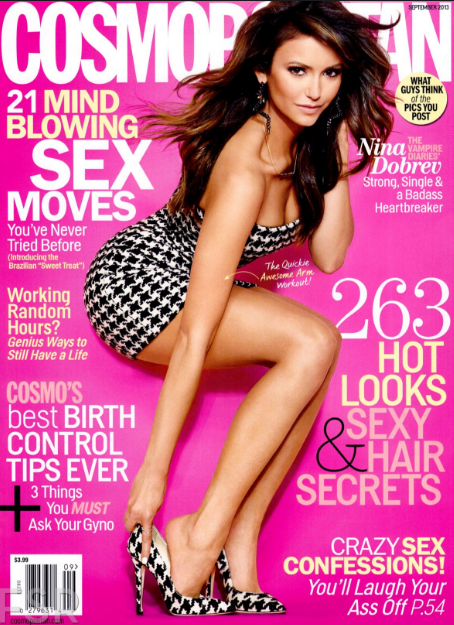The Textile and Clothing Industry

The global textile industry, particularly the clothing industry has seen remarkable changes in the past two decades. The clothing manufacturing industry and clothing retailers in developed countries have increasingly been on the lookout for a cheap source of producers. This has lead to textile manufacturing decreasing in the USA and Europe and the clothing wholesale supply shifting to low cost countries, particularly in Asia.
Major trends in textiles and clothing
The world's top fifteen clothing exporters account for more than eighty percent of all exports. China continues to develop its textile and clothing exports despite the imposition of quotas by the United States, Europe and some other developing countries over the years. In response, China has diverted its clothing wholesale destinations away from the USA and Europe to other Asian countries.
Due to their low-cost production India, Bangladesh, Cambodia and Vietnam have joined China as major exporters of textiles and clothing, with India second to China in value due to its vast sources of raw materials, low labor costs, entrepreneurship and design skills of Indian traders as well as political changes opening up the Indian economy to the outside world. Vietnam has also benefited from the imposition of quotas on China with markets continuing to grow even when quotas are lifted.
Cambodia has the most promising textile and clothing future as it boasts of its positive 'sweat-shop free' reputation on labour standards. Thanks in part to designer and consumer demand for the ending of child labour and exploitation as uncovered elsewhere, Cambodia is the ninth largest supplier to the American market. Its clothing exports to Europe continue to rise.
Designer clothes are less restricted by costs so are able to procure quality textiles at home and abroad. Designer clothes can be traced to source for their textile and labour to ensure no child labour or exploitation is taking place in their name. Some mainstream retailers have been late to incorporate these ethics into their own businesses.
The future
Internationally, it is large retail firms who place bulk orders. The response to demand has pushed producers to integrate design capabilities, textile technology, management and negotiating skills. However, the textile and clothing markets are always evolving due to the changing demand of the buyers, sourcing patterns, availability of and access to technology, shifting levels of economic growth and political stability.
With an increased fashion consciousness globally, fashion clothing is on an upward trend. Combined with this is an increased consumer consciousness as well as sensitivity towards corporate social responsibility including labour standards and ethical procurement including fair pay. To survive, textile and clothing producers are aware that consumer sensitivities are becoming equally of importance as cost competitiveness.











